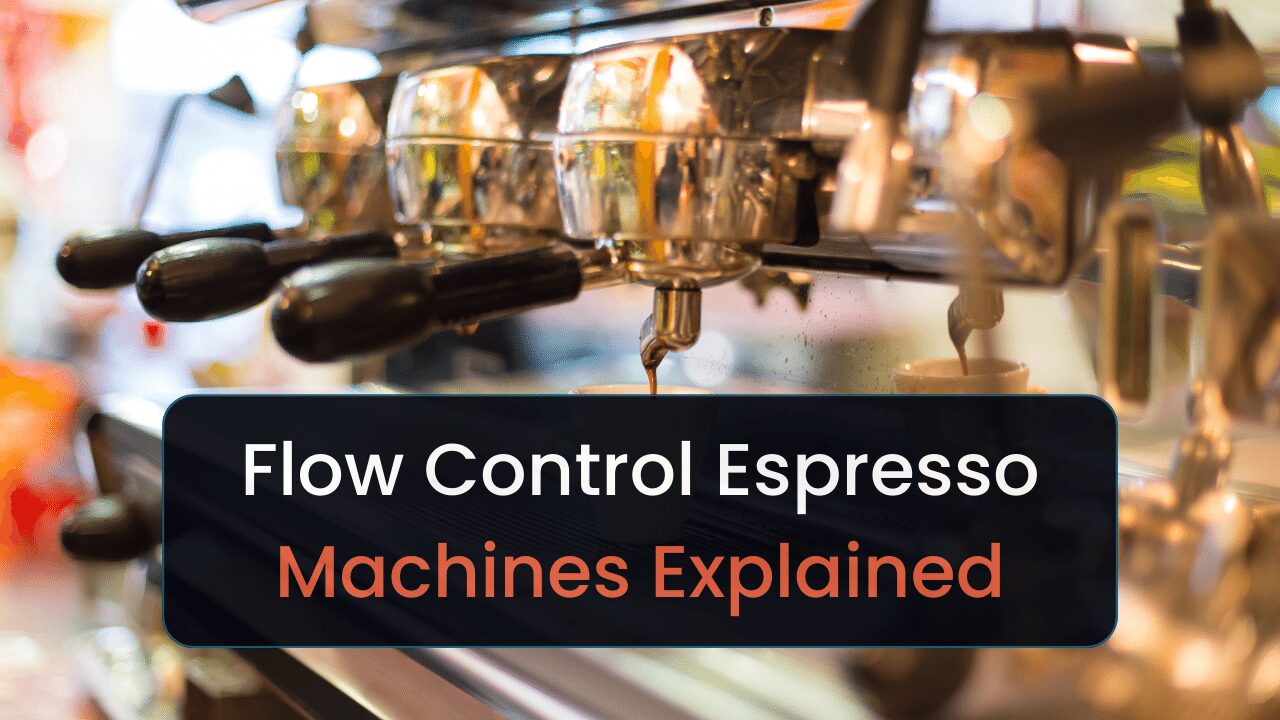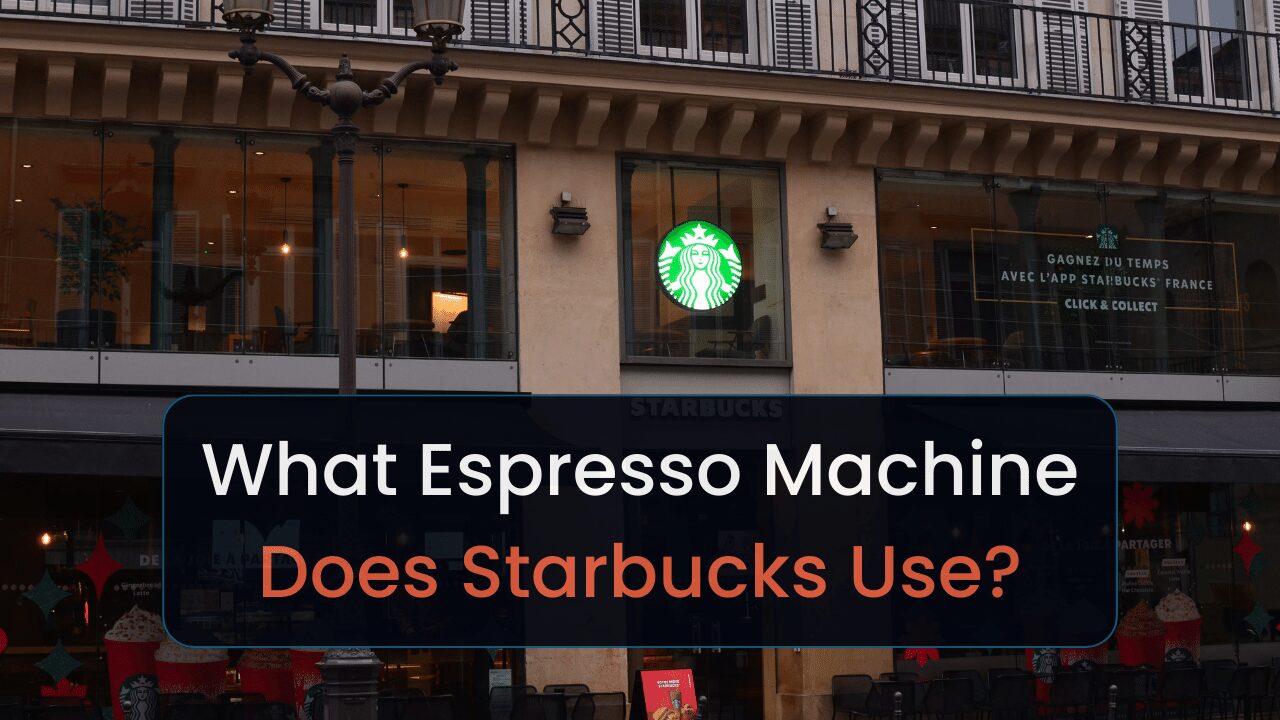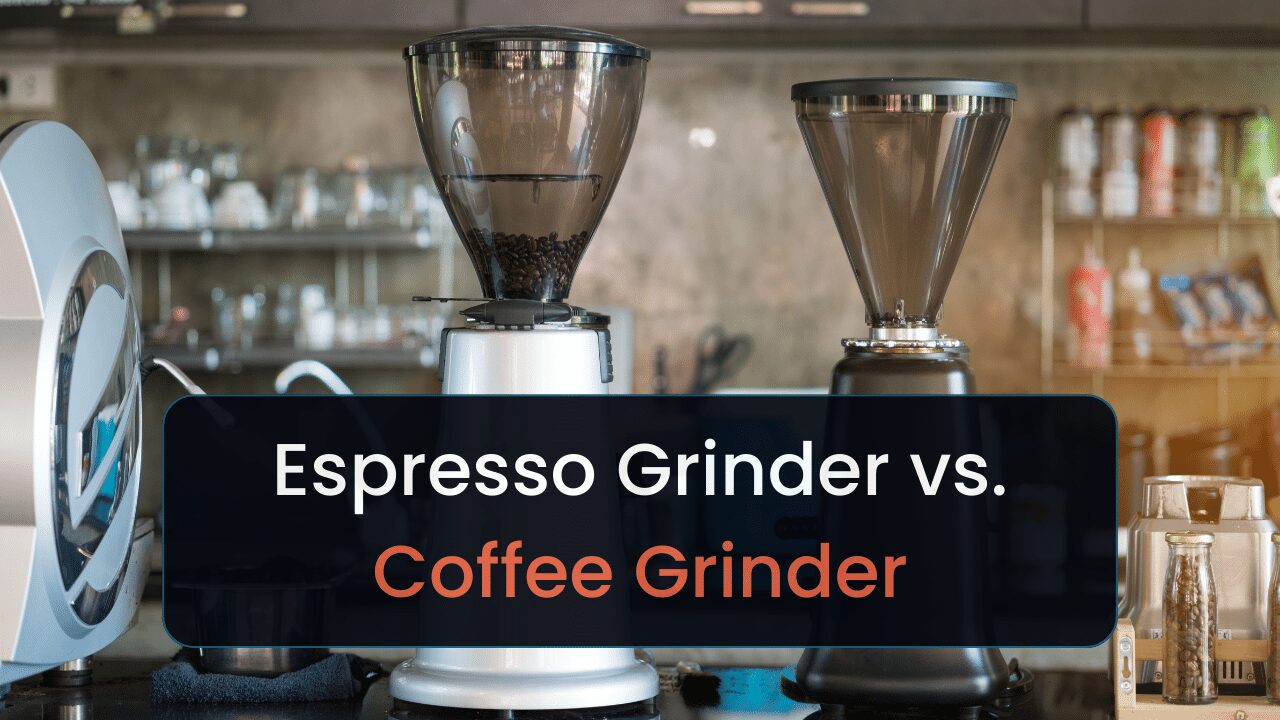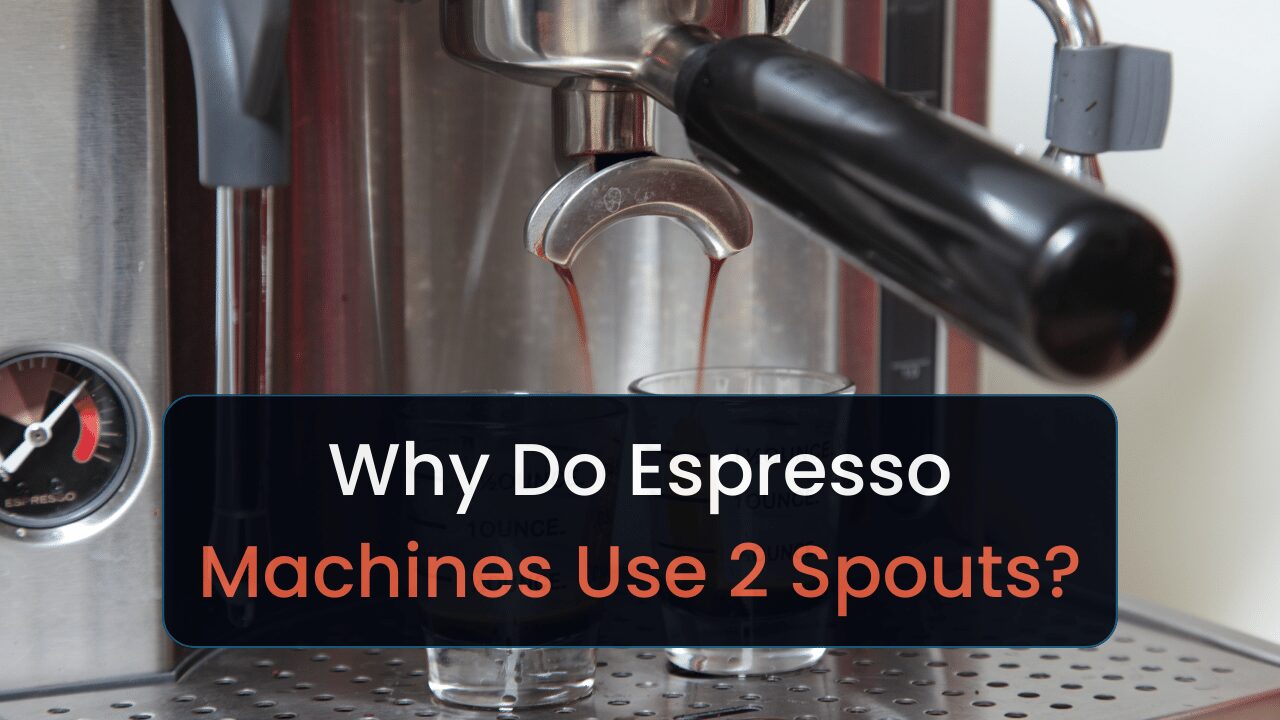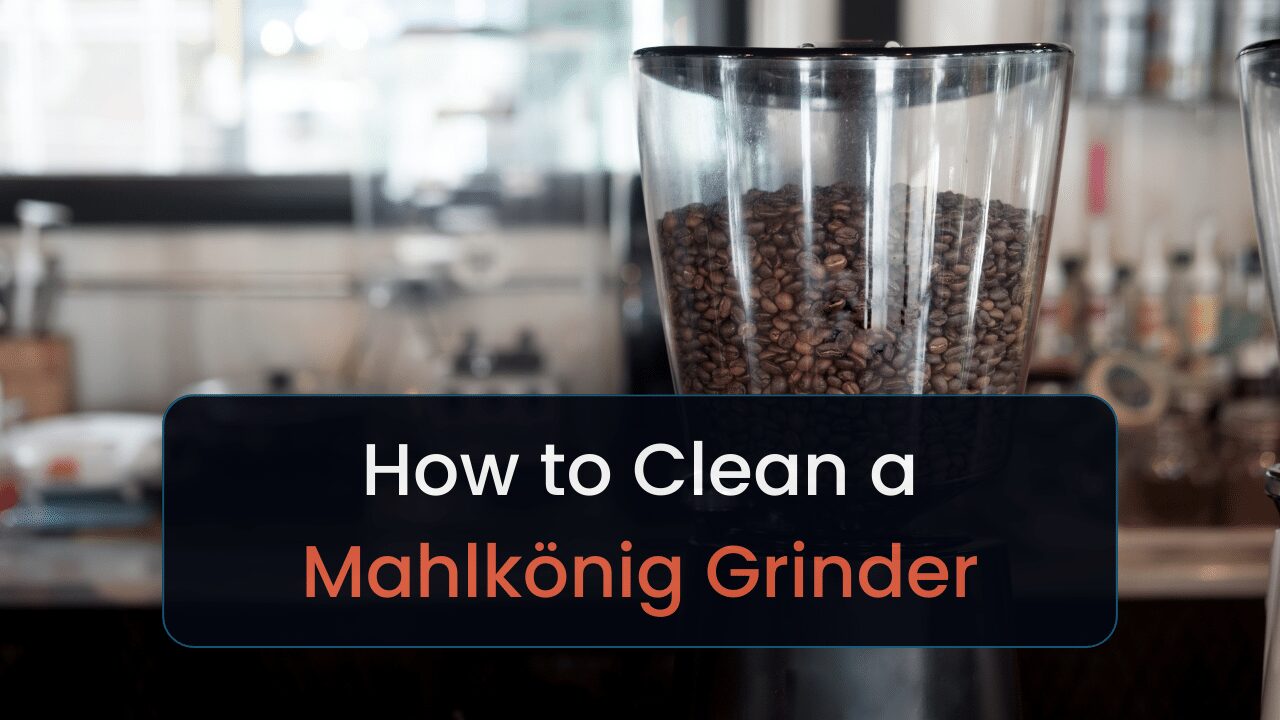Welcome to the ultimate guide to coffee roasts!
This article is going to cover everything you need to know about them. I’ve been studying these roasts for many years and I’ve decided to put all of my findings together for you.
Today, I’ll be talking about the following subjects with regards to coffee roasts…
Keep reading to learn more.
Key Takeaways
- The darker the roast, the more bitter the taste
- Different roast levels suit different coffee drinks
- Lighter roasts should be roasted at lower temperatures
- Getting the right roasting machine is key
- Pre-roasted coffee often contains a roast date stamp
Coffee Roast Profiles
Coffee beans will be green in color and not very flavorful if we don’t roast them. But the amount we roast them for has a massive impact on the taste. And that makes different coffee roasts more suitable for different coffee drinks.
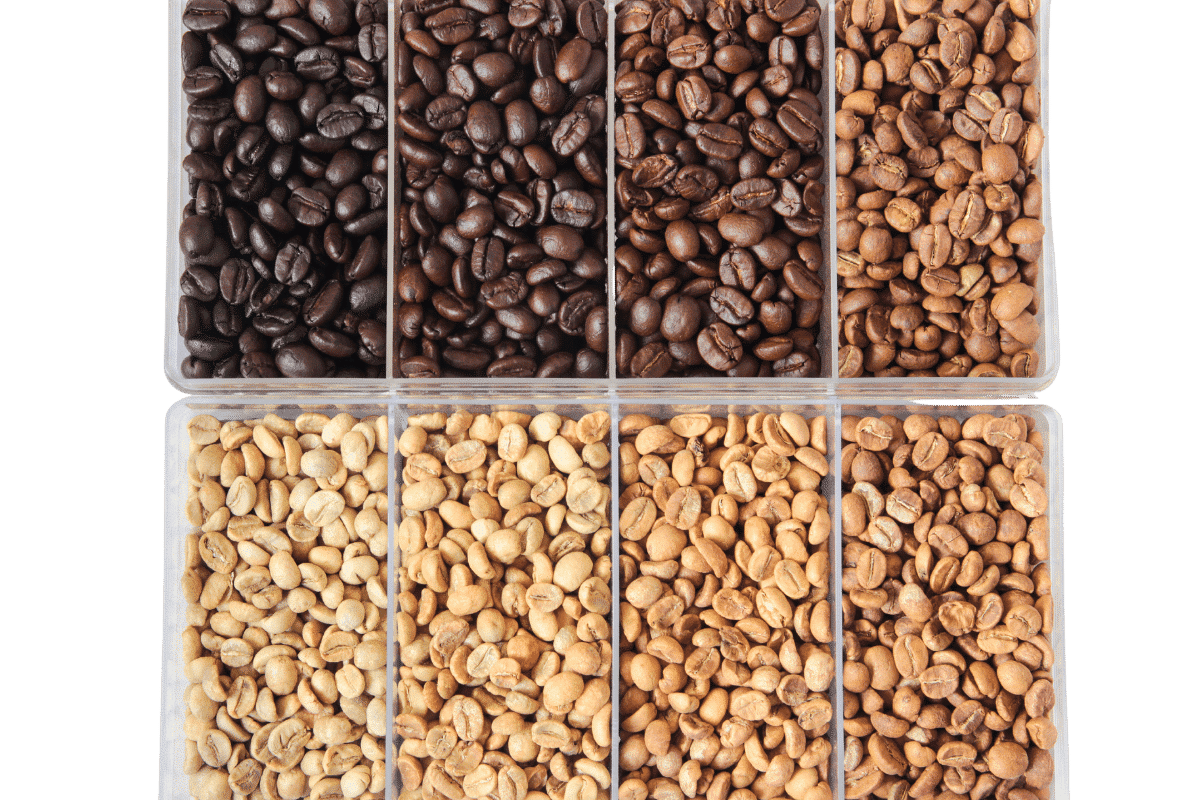
So in this section, we’re going to be examining those different roast levels. I’ll show you what to look out for to determine which roast level a bean is (in terms of how it looks and how it tastes), and what those different roast levels are going to be best for in terms of coffee drinks.
Here’s a look at all the different coffee roasts as an overview, as well as some key facts about each of them…
| Coffee Roast | Roast Temperature (F) | Color | Best For* |
| Light Roast | 350-360 | Very light brown | Filter coffee |
| Medium Roast | 365-390 | Light brown | Espresso, French Press, aeropress, filter coffee, moka pot, drip coffee |
| Dark Roast/High | 390-410 | Medium brown | Espresso, French Press, aeropress, moka pot, drip coffee |
| City | 405-415 | Darker brown | Espresso, French Press, aeropress, moka pot |
| Full City | 420-430 | Very dark brown | Espresso, French Press, aeropress, moka pot, drip coffee |
| French | 440-445 | Super dark brown | Espresso, French Press, drip coffee |
| Italian | 455+ | Almost black | Espresso |
*These picks are based on my own opinion. Everybody has different tastes at the end of the day!
Also, these are technically all the roasts, but the main ones. You’ll also see the likes of continental, cinnamon European, Viennese, New Orleans roasts and more.
Temperature and Roast Time
You’re going to want to roast darker roasts for longer and a hotter temperature. If you roast darker roasts at too low of a temperature then the beans will take ages to roast and become more oily which can affect the taste.
And if you create a light roast at too hot a temperature then you risk burning the surface of the beans and ruining the taste.
The overall roasting time varies depending on the power of your roaster but in a commercial environment, most roasts should take between 7 and 25 minutes.
When a coffee bean is roasted to a very dark level, the original taste is nearly gone. At this point, it doesn’t matter too much which bean you used. It’s all about the taste of the roast itself. That’s why it tastes so bitter!
A good way to tell the roast level of your coffee is by listening for the bean ‘cracks’. The beans will make a loud cracking sound at one point during the roasting process and a physical split will appear on each of them.
The first crack happens between the medium and dark roast zones. And then the second crack takes place around the city roast zones.
Best For and Taste Profile
The longer you roast a coffee bean, the more bitter the taste is going to come. At the end of the scale, lighter roasters are going to have a stronger acidity to their taste.
Lighter roasts are also going to maintain a lot more of the taste profile of the original coffee bean you used. And how this tastes depends on a number of factors, namely how and where it was grown.
You can find out more about the flavor profiles of the actual coffee itself in this article.
Once you get into the darker roasts, you’re going to be losing more and more of the original taste.
Once you roast a coffee bean to an Italian level, not much of the original taste of the bean is going to be left at all. It’s purely the taste of the roast at this point.
Lighter roasts tend to be better for filter coffee as they have the least body and a more complex flavor profile. Filter coffee brings out these tastes and the way it’s brewed means that a dark roast filter coffee might taste too intense.
On the other hand, darker roasts are better for espresso, French press and such as the extra intensity of the flavor can be balanced by the brewing process.
But even with that, it’s down to personal opinion at the end of the day. Some people prefer a lighter roast with their espresso and some people prefer a darker roast with their filter coffee. It’s very much subjective!
Caffeine Content
The longer you roast your coffee, the less caffeine is going to stay in the beans. Caffeine is slowly cooked out throughout the roasting process, but not by too much. You’ll still get a fair amount of caffeine even in an Italian roast.
But the roast with the most caffeine is going to be the light roast. A lot of people often think it’s going to be the other way round as words like ‘light’ sound like they imply a less caffeine heavy drink. But that’s not the case at all!
Roast Names
A side note: the names of the coffee roasts sometimes vary from brand to brand. You might see them rebranded from some roasters.
For example, Starbucks calls their lighter roast the ‘Blonde Roast’. This is basically just a light roast!
Freshness
Lighter coffee roasts tend to last for longer. Because they’re not so oxygenated, they could stay good enough to consume forwell over a month.
Darker roasts bring out a lot of oils etc. and they’re more oxygenated. As such, they won’t last as long. The likes of Italian roasts might only stay good to drink for a couple of weeks, so make sure to keep an eye on that.
I’ll talk more about roast freshness in the ‘Roast and Packing dates’ section a little later on in this article.
| Roast Profile | Timescale of Maximum Freshness |
| Light Roast | 30 days+ |
| Medium Roast | 21 days+ |
| Dark Roast | 14 days+ |
Coffee Roasts Explained
I’m about to show you everything you need to know about the roasts themselves. Let’s get right into it!
1. Light Roasts
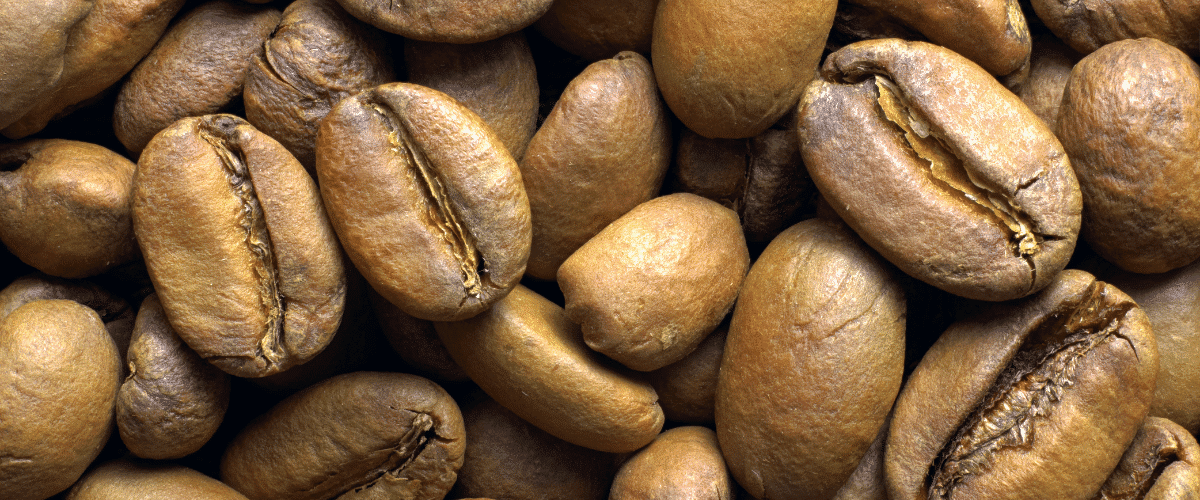
| Temperature | 350-360 F |
| Color | Very light brown |
| Best For | Filter coffee |
| Taste Profile | The original bean profile taste. Floral or fruity. |
| Caffeine | High |
Roasting your coffee for the shortest period of time and at the lowest temperature and you’ll end up with a light roast. This is usually going to be at around 350-360 F, and the roast time will likely be between 8 and 15 minutes.
You’ll be able to tell a light roast just by looking at the bean itself. It won’t have any cracks and it will be a light brown color. Darker beans will be darker roasts!
You’ll certainly be able to taste it as well. A light roast keeps all of the original flavor profile of the bean itself, so this could be a floral or a fruity taste.
The caffeine won’t have been cooked out of this roast at all so it will be as high as it can get.
Most people would consider there to be three types of light roast.
Light City
‘City’ roasts are typically just a standard scale of roasts’. They begin with light and go through to ‘Full City’ which is a much darker roast.
A Light City roast is the beginning of the spectrum. It’s just about the lightest roast you can get before the bean is effectively undercooked.
Half City
If you cook the beans for a few minutes longer, they’ll begin to turn into a Half City roast. This is getting closer to a medium roast but it still very much has the properties of a light one.
Cinnamon
The name of this roast refers to the color of the beans only. They’re not going to taste like cinnamon! In fact, they’re just going to taste like the original flavor profile of the bean and have a cinnamon color to them.
2. Medium Roasts

| Temperature | 365-390 F |
| Color | Light brown |
| Best For | Espresso, French Press, aeropress, filter coffee, moka pot, drip coffee |
| Taste Profile | The original bean profile taste, floral or fruity with a touch of toast. Gaining acidity. |
| Caffeine | High |
Things are getting a little hotter with a medium roast. Here, you’ll need to turn up your roaster to 365-390 F to get the right roast level.
If you do that, the beans will still turn out to be light brown but darker than the light roast. You’ll be going through the first crack at some point during the medium roast as well. This happens as you approach the 400 F mark.
The taste will still be very heavily based on the original bean profile, so floral or fruity. But at this point, a little acidity will creep into the taste.
There will still be a lot of caffeine here too so you’ll be able to get your energy fix from a medium roast!
Here are the three roast types that you could fit into the ‘medium category’.
Breakfast
It’s nice to have a light roasted coffee in the morning as the bean profile aroma awakens the senses. That’s why the breakfast roast is one of the lighter of the medium roasts.
City
This is one of the most popular roast types in the world, especially in Europe. This type of roast has a rich taste and a light brown color and it’s perfect for filter coffee. Some people in Europe also really like a City roast for espresso.
American
Here in the US, we love our drip coffee. And one of the best examples of that is the American roast. As you can expect, it’s one of the most popular roast levels here in the US, but it’s actually very similar to the City level.
3. Medium/Dark Roasts
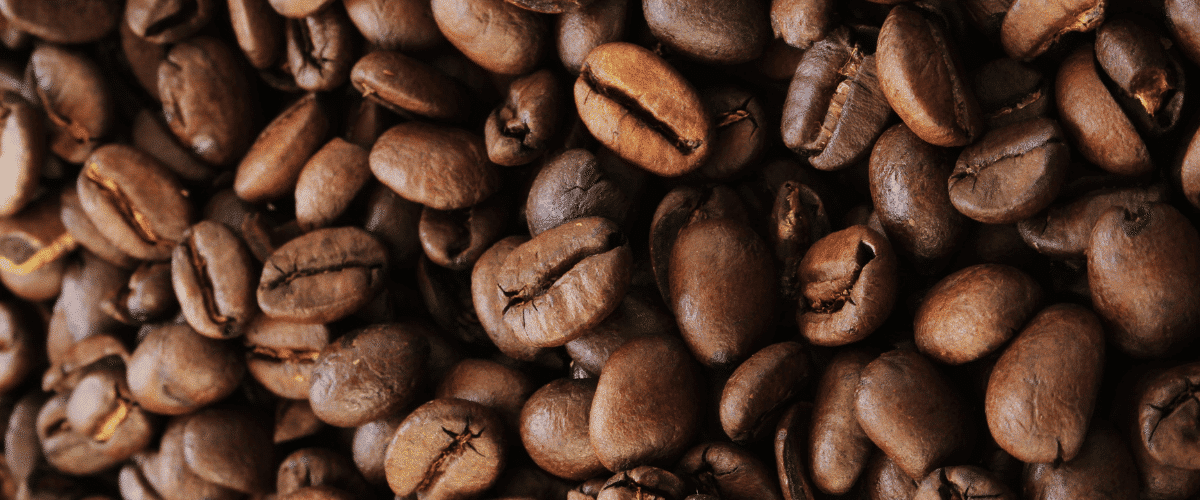
| Temperature | 365-420 F |
| Color | Medium brown level |
| Best For | Espresso, French Press, aeropress, filter coffee, moka pot, drip coffee |
| Taste Profile | Beginning to bring in the bitterness but combined with a lot of the original bean taste profile. Peak acidity. |
| Caffeine | Medium |
The next category of roasts on the scale is ‘medium/dark’. Here, you’ll need to roast the beans between 365 and 400 F most of the time.
This will turn the beans into a medium brown color and you may experience the second crack during this part too. The first crack will definitely have been completed by now, that’s for sure.
The taste here is going to be very acidic. After the medium dark point, that actually starts to die down. So, the most acidic coffee is the medium/dark roast.
There will be a little less caffeine than the light and medium roasts here. That’s because the temperature will have passed the point where that caffeine begins to get cooked out of the beans.
There’s only really a couple of roast types that would fit into the ‘medium/dark’ category, so let’s take a look at them.
Viennese
This is a rich roast that doesn’t have the full carbon taste of darker roasts. For this reason, it’s really popular in Austria and other parts of Europe.
Full City
Turn up the temperature on the regular City roast for a Full City roast. This super acidic, relatively dark coffee bean is amazing for espresso and a variety of other types of coffee drinks.
4. Dark Roasts
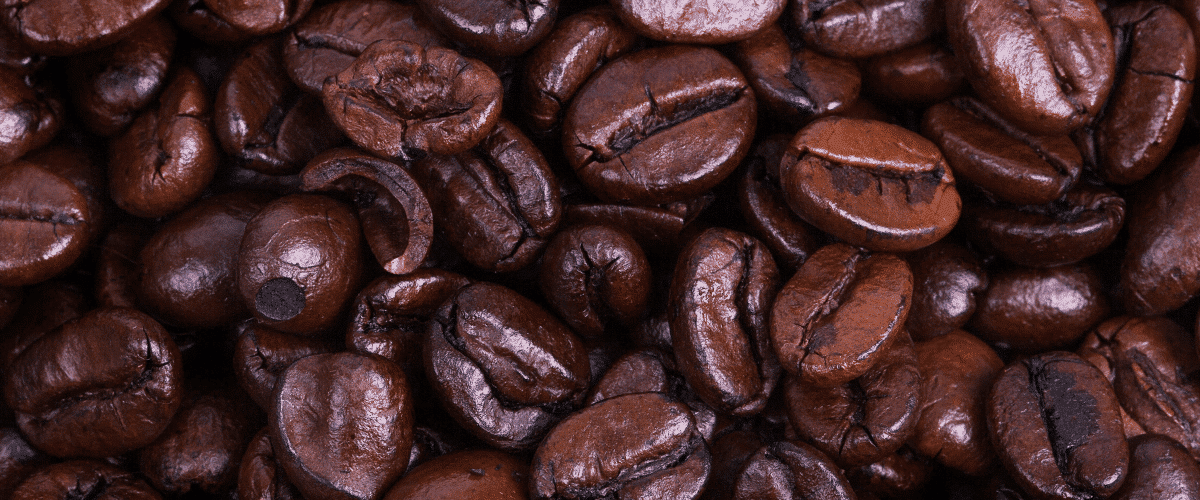
| Temperature | 390-455+ F |
| Color | Darker brown through to almost black |
| Best For | Espresso, French Press, aeropress, filter coffee, moka pot, drip coffee |
| Taste Profile | A darker, chocolatey taste but still maintaining some original profile with lesser acidity, through to completely just the taste of the roast. Very bitter. |
| Caffeine | Medium through to low |
The darkest roast of all is… the dark roast. The beans are going to be a very dark brown here and they’re going to taste more like the roast itself than the original bean profile. In fact, the original bean taste will have completely gone on the darkest of dark roasts.
That means a dark, chocolatey taste with less acidity than the medium/dark roast. There will be a lot of bitterness here too, especially for the darker roasts.
The second crack of the beans should be in full flow by now. You’re going to see some sign of it on any dark roasted bean. You might not complete it unless you’re roasting all the way up to 450 F or so though.
High
Some people might put this roast into the medium/dark category but I think it just about qualifies as dark. That should give you an idea of the color and taste of this roast! Its oily, a little acidic and a very minor taste of the original bean profile still lingers.
Espresso
This roast is specially crafted for the intense flavors that some like when brewing espresso. The result is delicious! It’s a little darker than high so there’s more of a smoky taste. But you should still be able to enjoy a little of the original bean profile here too.
New Orleans
New Orleans has its own style of coffee which is known for its rich flavors. This type of roast is perfect for that. It’s very dark indeed and most of the original bean taste profile is gone here, making way for smokey and bitter flavors.
French
The French roast beans are a very dark brown, to the point at which they’re almost black. This super dark roast creates a deep, intense smokey flavor.
Italian
The Italians love their coffee roasts even darker still! This is one of the darkest roasts possible and the taste of the bean has completely disappeared at this point.
Continental
This roast profile is great for an after dinner espresso in Europe. It’s incredibly dark and smoky. The beans are super black and probably cracked twice.
European
This is an ‘extra dark’ roast that is very popular for espresso in some parts of the world. It’s one of the darkest possible.
Coffee Roasters and Roasting Techniques: Which Type Should I Use?
It’s important to pick the right coffee roasting machine if you’re going to be roasting your coffee at home. I went into more on the subject of coffee roasting machines in this article but for now, here’s an overview.
You can take a look at the kinds of things you’re going to want to consider when you buy a device to roast coffee in this table.
| Bean Capacity | Some coffee roasters can roast a whole lot of beans in one go |
| Manual vs Electric vs Gas | Do you want the ease of use or the portability and control? |
| Fluid Bed or Drum | Each type of roaster has different properties for flavor |
| Price | Don’t spend any more money than you really want to! |
| Heat Level | Hotter machines generally mean faster roasting |
| Extra Features | Coffee roasters can also feature a bunch of extra cool things |
Bean Capacity
How many coffee beans do you want to roast at a time? Imagine that one cup of coffee is going to need about 7g of beans and then calculate the kind of bean capacity you’re going to want based on that.
However, the larger the bean capacity, the bulkier the roaster is going to be. So be aware of this if you don’t have a lot of space in your kitchen.
Manual vs Electric vs Gas
Home users will generally need to choose between an electric roaster or a manual one. And typically, I prefer an electric one. They might be more expensive but they’re a lot easier to use and they put out a better quality product if you’re a beginner.
Manual and gas roasters are both gas powered. Except manual roasters are generally wire frame drums that you’ll put over your gas hob at home. And gas roasters are larger industrial units that plug directly into mains gas.
You’re not going to want to opt for a commercial industrial gas roaster unless you run a very busy cafe or a roasting company.
Fluid Bed or Drum
I typically prefer a drum roaster than a fluid bed. The former rotates the beans in a drum whereas the latter pushes hot air around the beans.
The drum roaster can roast more beans for a lower cost and is easier to use. But some people believe that the fluid bed brings out specific flavors.
Price
It’s probably worth spending around $100 or perhaps a little less on a coffee roasting machine. For that, you’ll get a good quality product but won’t need to unnecessarily break the bank.
You could spend less if you’re on a budget but then you will be running the risk of losing quality in your roasts.
Heat Level
As I mentioned earlier on, the temperature is going to affect the quality of the roast. If you want to be roasting Italian coffee at home then you’re going to need a powerful roasting machine!
Extra Features
You might be able to get extra features like timers and touchscreen controls that can make the roasting process a little easier for beginners.
Do You Actually Need a Coffee Roaster?
A final note: you should also consider whether you actually want to buy a coffee roaster machine in the first place. Some people prefer to buy pre-roasted beans in store, or even fresh ground coffee.
Just make sure to only consume pre-roasted beans that aren’t more than 21-28 days old. At that point, the flavor of the beans is going to start deteriorating and becoming stale.
You can find out more about the perfect time to consume coffee beans in my guide to coffee roast and packaging dates.
Home Roasters vs Commercial Roasters
There are different types of roasters for different environments. Most of what I’ve discussed in this section refers to home roasting.
But if you want to find out about commercial level roasters, this article will be better suited to you.
Roast and Packaging Dates: Why Are They Important?
There’s a time window after the coffee beans are roasted where they’ll taste at their best. It varies from bean to bean and based on the level of the roast, but it’s typically going to be between 7 and 21 days.
I don’t recommend trying your coffee beans within a day of roasting them as they’ll need some time to ‘de-gas’. They’ll taste like gas before this date, and that’s no good. Sometimes, this process can take up to three days.
And after 21 or at most 28 days, the taste of the beans will begin to deteriorate. As they become oxygenated (even in a sealed container), the taste will dissipate and they’ll begin to taste stale.
You can see a timeline of the coffee bean taste from the roast date below.
| Day 0 | Some coffee beans will be good enough to eat within minutes, but this is a very rare occurrence. |
| Day 1 | Many coffee beans will be good to go here. But I’d still recommend holding out. |
| Day 3 | Pretty much every roasted coffee bean will be at its peak taste by this point. |
| Day 7 | In rare circumstances, coffee beans will begin to lose their taste a little here. |
| Day 21 | The taste of most coffee beans will begin to deteriorate at this point. |
| Day 30 | All coffee beans will start to go downhill in taste around here. |
| Day 60 | Coffee beans will taste significantly more stale here, even to those who are new to the taste of coffee. |
| Day 180 | It’s not worth eating the coffee beans at all at this point. Throw them out and start again! |
You can learn more about roasting and packing dates in this article.
Coffee Roasts FAQ
Here are a couple of extra pieces of useful information regarding coffee roasts.
Can I use a food dehydrator or other kitchen item to roast coffee beans?
It is possible to use a food rehydrator to roast coffee.
However, you’ll need to manually turn the beans yourself which is a little awkward.
Plus, you might not be able to get the desired temperature quite so easily.
Does the coffee get stronger the longer you roast it?
It’s a common misconception that roasting improves the strength of the coffee.
Roasting coffee actually cooks out some of the caffeine content as discussed earlier.
The bitter taste that roasting creates may give the illusion of strong coffee, but that’s all it is.
Last Thoughts on Coffee Roasts
The roast profile of your coffee beans is going to have a dramatic effect on the taste and the coffee beans it’s best suited to. I recommend checking out my guide to the profiles in this article if you’re planning on buying roasted coffee beans or pre ground coffee for a specific drink.
The same can be said if you’re planning on roasting your own beans at home. And if that’s the case, you’re going to need to make sure you buy the right roaster, which is why I’ve added some tips above.
Now that you’ve decided how long to roast your beans, how are you going to grind them for the next step of your coffee brewing process? You’re going to need the right grinder, that’s for sure. And you can check out some of the best ones here.

